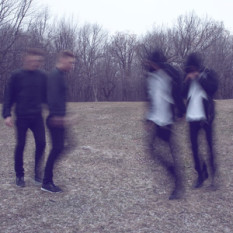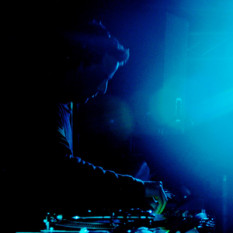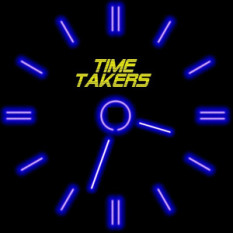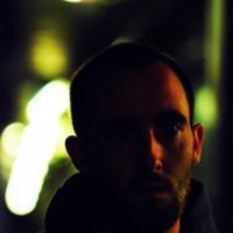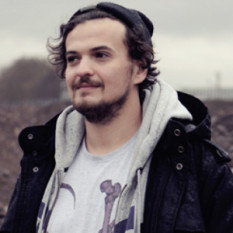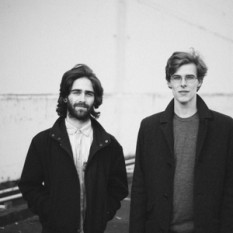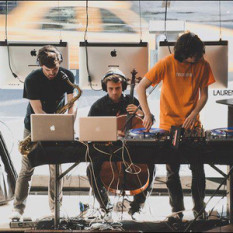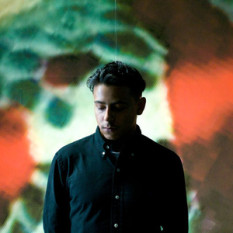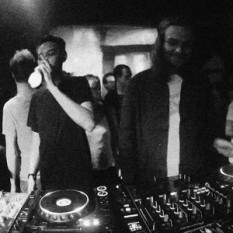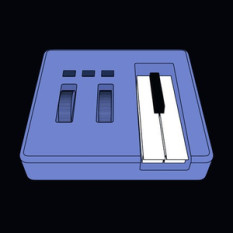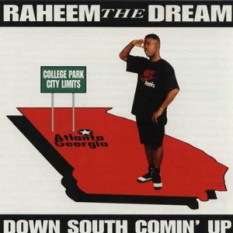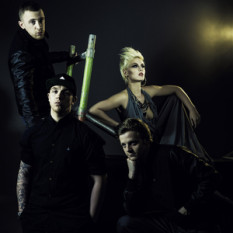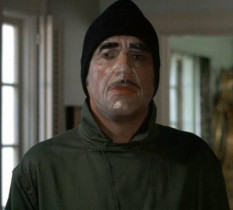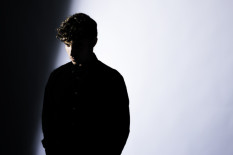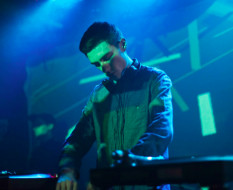Bass music is either Miami bass, bass test music, or bass audio music. Low frequency sub-level bass lines accompanied sometimes with high pitched percussive lines across the top.
Miami bass (also known as booty music or booty bass, a term that may also include other genres, such as dirty rap), is a type of hip hop music that became popular in the 1980s and 1990s. The use of the Roland TR-808 sustained kick drum, raised dance tempos, and occasional sexually explicit lyrical content differentiate it from other hip hop subgenres. Music author Richie Unterberger has characterized Miami bass as using rhythms with a "stop start flavor" and "hissy" cymbals with lyrics that "reflected the language of the streets, particularly Miami's black ghettos such as Liberty City and Overtown".[1] Miami bass has never found consistent mainstream acceptance, though it has had a profound impact on the development of drum and bass, Baltimore Club, Southern rap, Funk carioca, and other genres.
[edit] 1980's
During the 1980s, the focus of Miami bass tended to be on DJs and record producers, rather than individual performers. Record labels such as Pandisc released much material of the genre. Unterberger has referred to James (Maggotron) McCauley (also known as DXJ, Maggozulu 2, Planet Detroit and Bass Master Khan) as the "father of Miami bass," a distinction McCauley himself denies, choosing rather to confer that status on producer Amos Larkins.[citation needed] "Bass Rock Express" by MC ADE (with music and beats produced by Amos Larkins) is often credited as being the first Miami bass record to gain underground popularity on an international scale.The single "Throw The Dick" by 2 Live Crew (Produced by David "Treach DJ Mr. Mixx" Hobbs) in January 1986 gave a permanent blueprint to how future Miami Bass songs were songwritten and produced.
Luther 'Luke Skyywalker' Campbell along with David "Treach DJ Mr. Mixx" Hobbs of 2 Live Crew played a key role in popularizing Miami bass in the late 1980s and early 1990s. The group's 1986 release, The 2 Live Crew Is What We Are, became controversial for its sexually explicit lyrics. 1989's As Nasty As They Wanna Be, along with its hit single "Me So Horny", proved more controversial still, leading to legal troubles for both 2 Live Crew and retailers selling the album (all charges were eventually overturned on appeal).
[edit] Popularity
The popularity of Miami bass was in part due to its successful promotion in the South Florida and Orlando areas by local DJs, radio stations, and clubs.[citation needed] For the better part of the mid-80s and early 90s, DJs such as Luke Skyywalker’s Ghetto Style DJs, Norberto Morales’ Triple M DJs, Space Funk DJs, Mohamed Moretta, DJ Nice & Nasty, Felix Sama, Ramon Hernandez, Bass Master DJ's, Lazaro Mendez (DJ Laz), Earl "The Pearl" Little, Uncle Al, DJ Slice, K-Bass, Jam Pony Express and others were heavily involved in playing Miami bass at local outdoor events to large audiences at area beaches, parks, and fairs. Clubs in South Florida, including Pac-Jam, Superstars Rollertheque, Bass Station, Studio 183, Randolphs, Nepenthe, Video Powerhouse, Skylight Express, Beat Club and Club Boca, were hosting bass nights on a regular basis. Radio airplay and programming support was strong in the now defunct Rhythm 98, as well as WEDR, and WPOW (Power 96). Contribution and promotion of Miami Bass also came out of Orlando. Orlando radio station 102 Jamz was the prominent station in the late 80's to feature Miami Bass and helped it's popularity in and around Central Florida. DJ Magic Mike created the "Orlando Sound" which emulated Miami Bass in addition to house, deep bass, and eventually "Florida breaks". Thus, Miami bass was quickly becoming a Florida staple.
[edit] 1990's
By the mid 1990s the influence of Miami Bass had spread outside South and Central Florida to all areas of Florida and the Southern United States. In the mid 1990s it saw a commercial and mainstream resurgence with Miami Bass influenced artists like 95 South, Tag Team, 69 Boyz, DJ Magic Mike, Quad City DJ's, and Freak Nasty all scoring big Miami Bass hits. Examples of these songs are "Feel the Bass" by DJ Magic Mike in 1991, "Whoomp! (There It Is)" by Tag Team in 1993, "Tootsee Roll" by 69 Boyz in 1994, and "C'mon N' Ride It (The Train)" by the Quad City DJ's in 1996. These songs all reached the top 10 in the pop charts and gave Miami Bass a new commercial success. These artists generally used a Miami Bass sound and production but did it in a far less explicit and far more accessible way than had been previously done by Campbell and the 2 Live Crew. [2]
Miami bass is closely related to the electronic dance music genres of Ghettotech and Booty House, genres which combine Detroit techno and Chicago house with the Miami bass sound. Ghettotech follows the same sexually oriented lyrics, hip-hop bass lines and streetwise attitude, but with harder, up-tempo Roland TR-909 techno-style kick beats. In 2007, contemporary hip-hop and R&B songs became more dance oriented, showing influences of Miami bass and techno, and are typically sped up to a "chipmunk" sound for faster tempos for dances such as Jooking, Wu- Tanging, and Bopping (usually only done in Miami, Dade, Broward, and Palm Beach Counties in south Florida)
Car Audio Bass
Another sub-genre of Miami bass is car audio bass, which features an even more stripped down and bass heavy sound, tending to focus on either extremely hard 909 kicks combined with sine waves or the classic 808 kick, or sometimes simply the sine wave by itself.[citation needed] Some artist examples would be Afro-Rican (as Power Supply), Techmaster P.E.B and Bass 305. .

